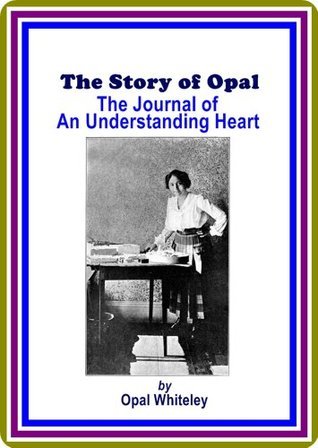What do you think?
Rate this book


185 pages, Kindle Edition
First published January 1, 1986

Both William Blake and Novalis very clearly saw that a key aspect to the empiricist's "truth" was the arbitrary and hypocritical denial of the sensual part of the empirical world. That the empiricists were able to "rationally" assert this denial of life is only marginally less astounding than their being successful in doing it! This was why both Blake and Novalis stressed the sensual in their works — they knew what the empiricists were unconscious of, which is that they had arbitrary accepted Christian notions of the earth and female as vile and devoid of life. Robert Bly cites a blunt, but typical, example of the roots of that empiricism being anchored in conventional Christian Mythology:The French Priest Bossuet, writing at about the same time as Descartes, expressed in this passage one of the more prevalent Christian attitudes towards nature:Whiteley's diary is one of the most spiritual sensual examples of the written word I have ever come across, and I can't help but think that her voice was the voice of capital 'L' Life that an industrialized, greed-biased anti-life society found threatening and needed to crush.May the earth be cursed, may the earth be cursed, a thousand times be cursed because from it that heavy fog and those black vapours continually rise that ascend from the dark passions and hide heaven and its light from us and draw down the lightening of God's justice against the corruption of the human race.It is no wonder that Blake wrote "The Eternal Female groand! it was heard all over the world" or that Novalis wrote "They [the shallow men] have no idea that it is [the Numinous Night] who subtly embraces the breasts of the young girl, and turns her darkened cave into the Garden of Delight, and have no clue that you are the one ... opening the world of delight ... at the edge of the old stories..." (News of the Universe 49).
[Bly continues:] This attitude was acceptable to the Church Fathers and to developing capitalism. When we deny there is consciousness in nature, we also deny consciousness to the worlds we find by going through nature (News of the Universe 9).
Blake's Marriage of Heaven and Hell and Novalis' Hymns to the Night are celebrations of all that the empiricists manage to deny in their sensual world, namely the sensual, the feminine, sexuality and the unconscious. That science is puritanical in its structure and actions can be linked straight back to the widespread acceptance of Newton's single vision which is firmly grounded in his Puritan beliefs (from an English Seminar Spring 1999).
And the connection to Blake is, on reflection, quite astounding beyond it coming to me as an out and out surprise. Blake extolled the spirituality of the physical, too. And in deceptively simple writing.
I have seen other reviewers who waffle on Hoff's vindication, perhaps falling back on the 'there's two sides to every story' rationale. But Hoff's attention to detail, combined with my having become more fully aware of the social malevolence of the press, has convinced me of the evil done to Whitelely, and that it was willfully done by an agenda-ed press with the desire to hurt.
However, once you dive into Whiteley's childhood writing, her diary, the charm, the elegance, the detail, the love Whitelely has for nature is astounding. Life is more alive with her writing than I have ever experienced before. And even the word love, which has become overused in our age of Hallmark greeting cards and texting, may not describe the feeling so much as rapture: Whitely was enraptured by nature. Here's a link to couple of pages from the beginning of Chapter 21: Cathedral Service in the Barn; a Lamb for Opal, and a Lily for Peter Paul Reubens. I suspect it will be either something you will love or hate.